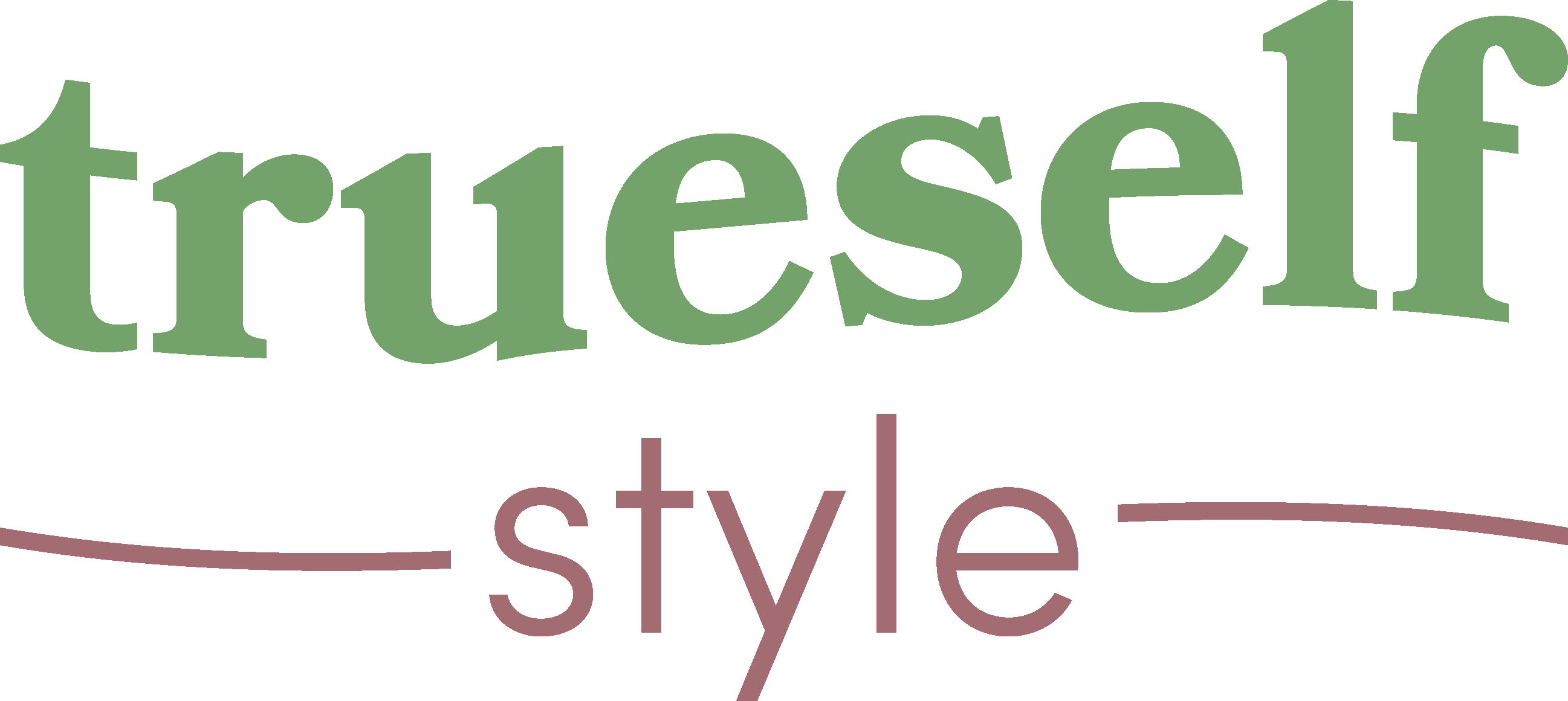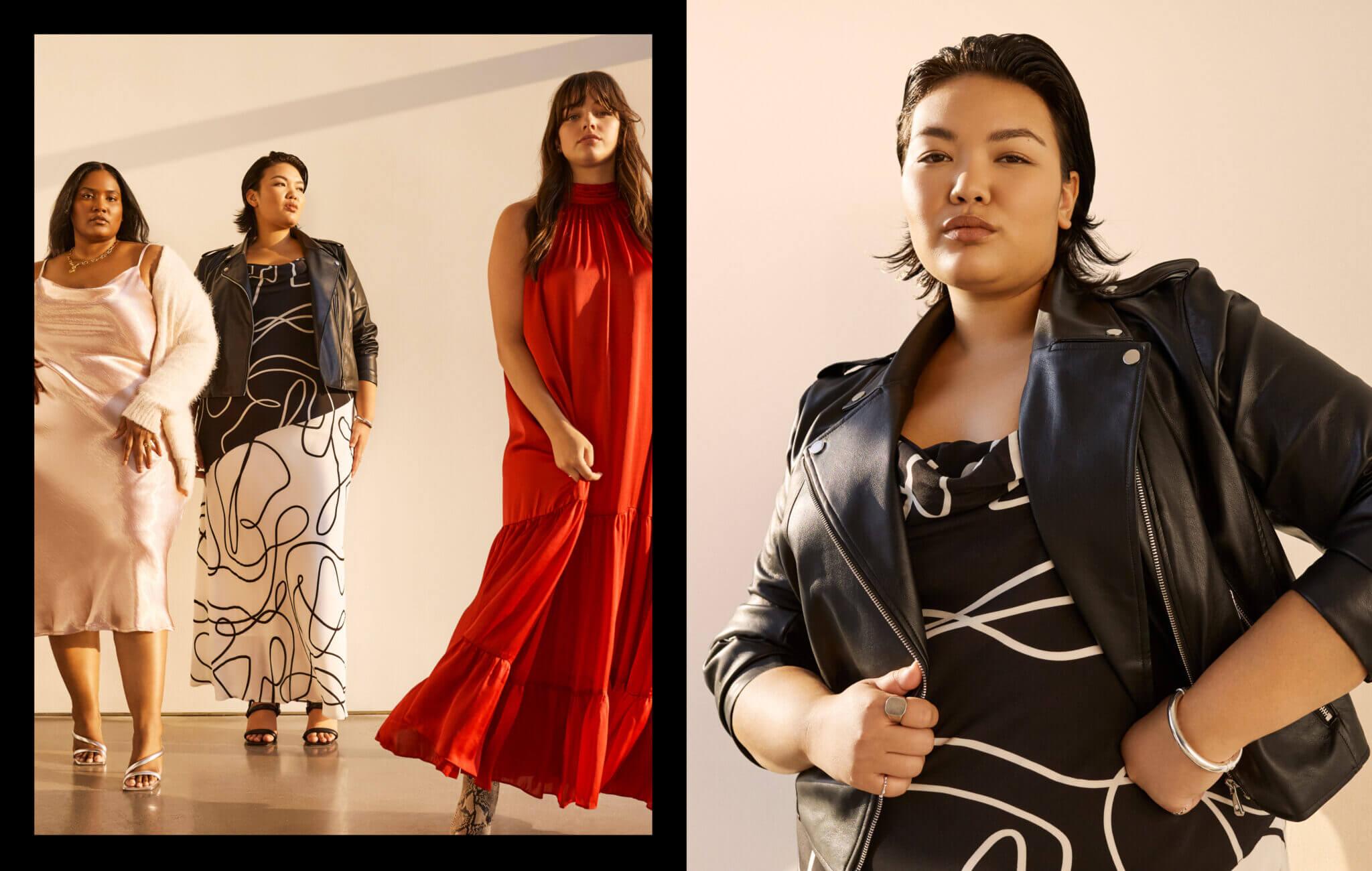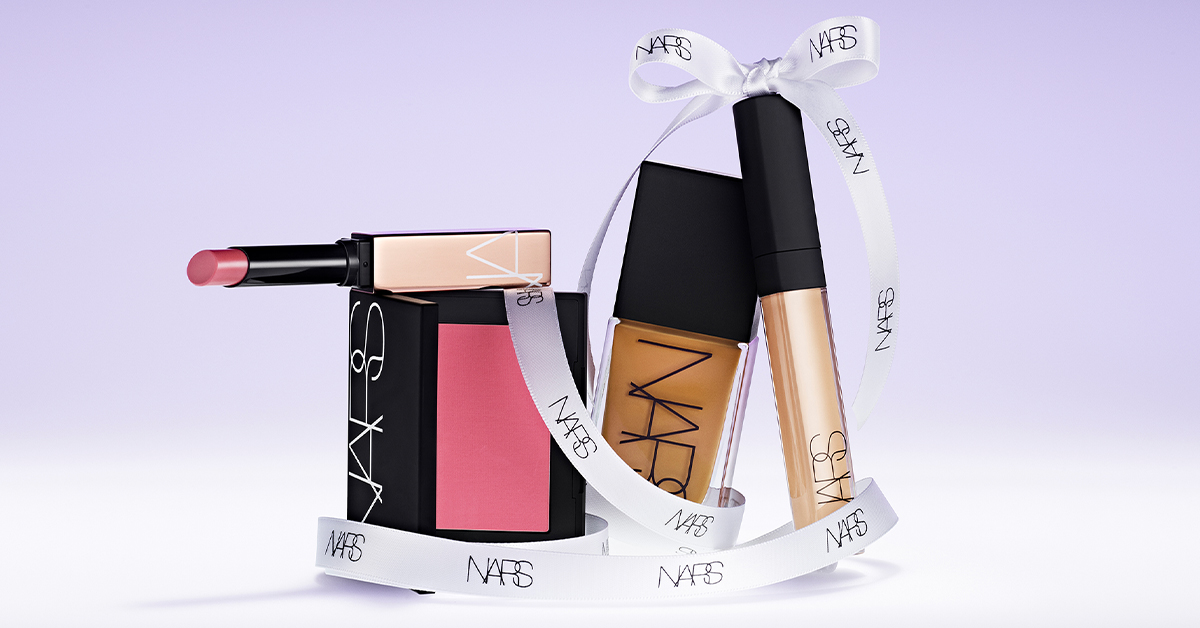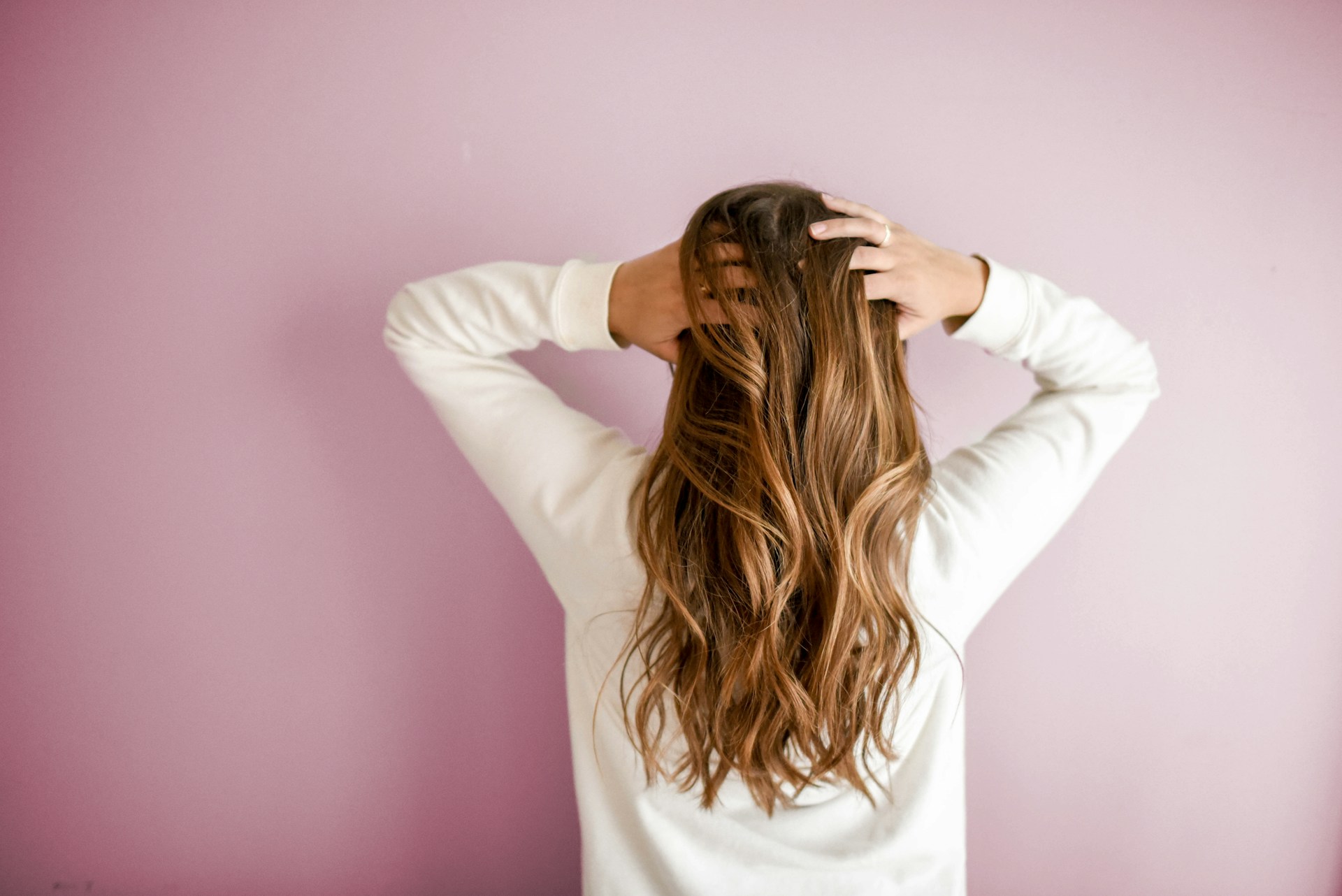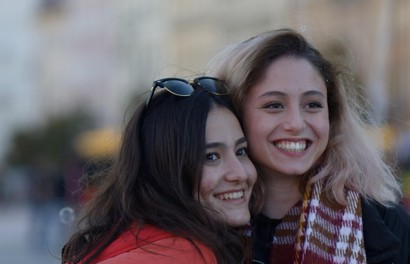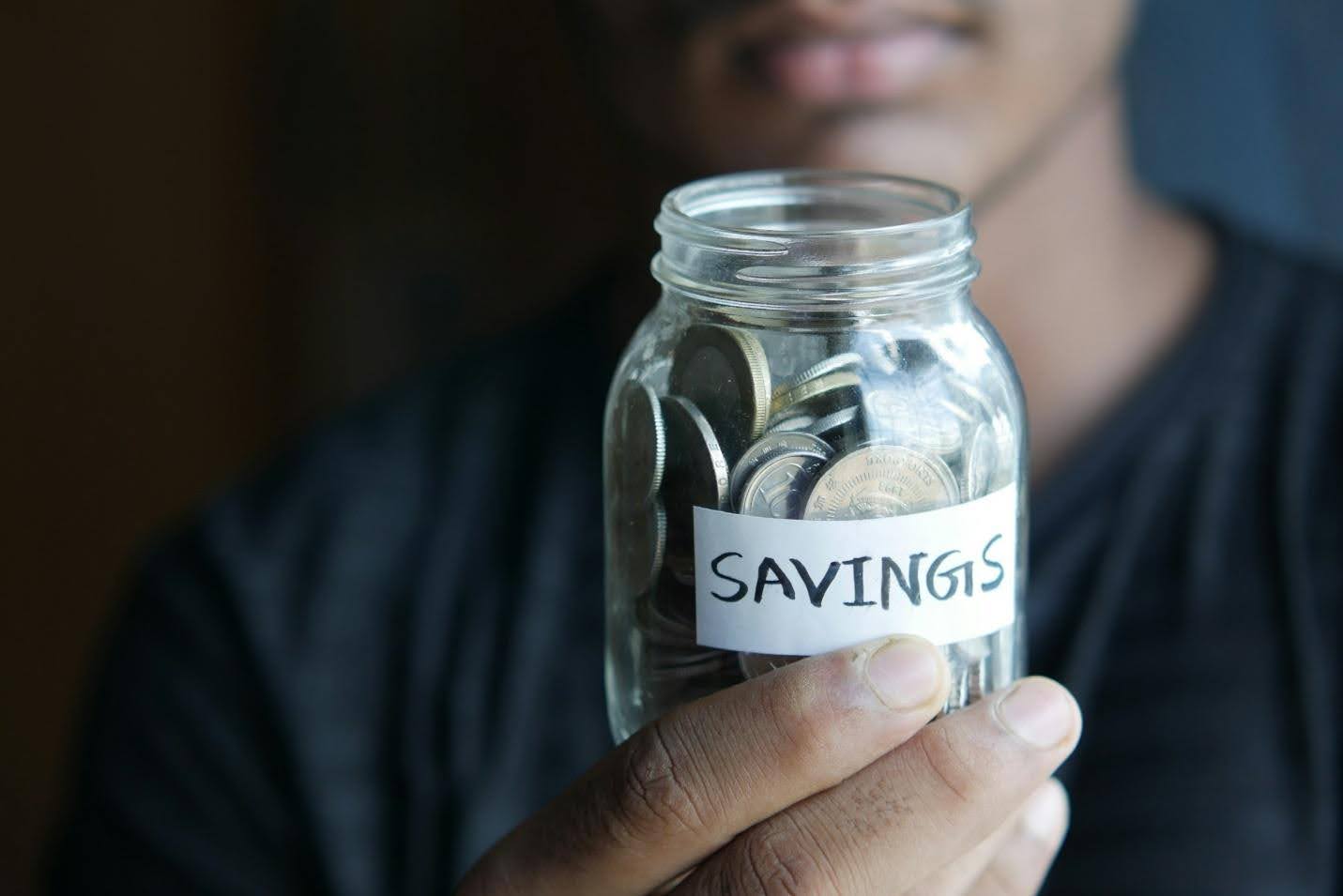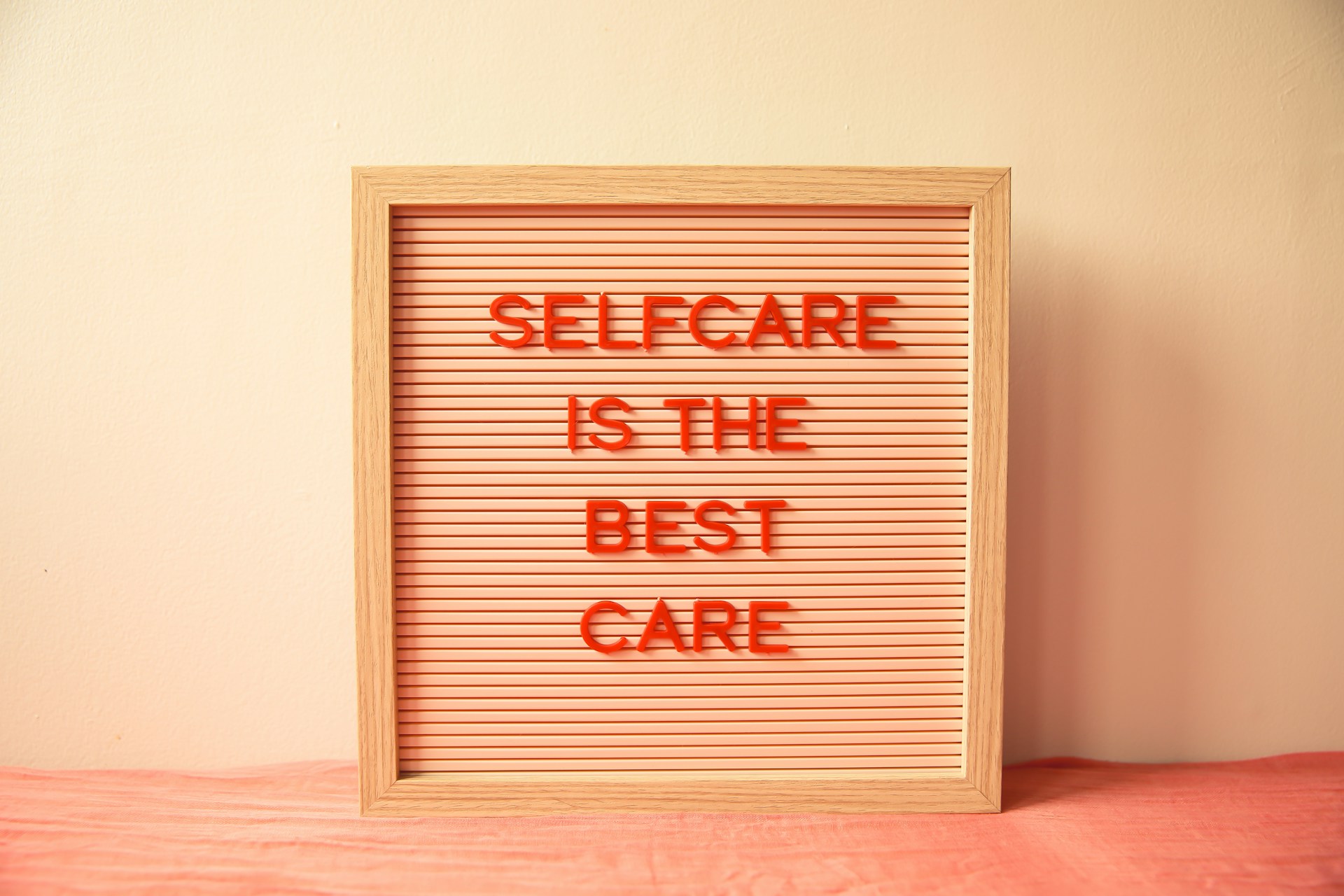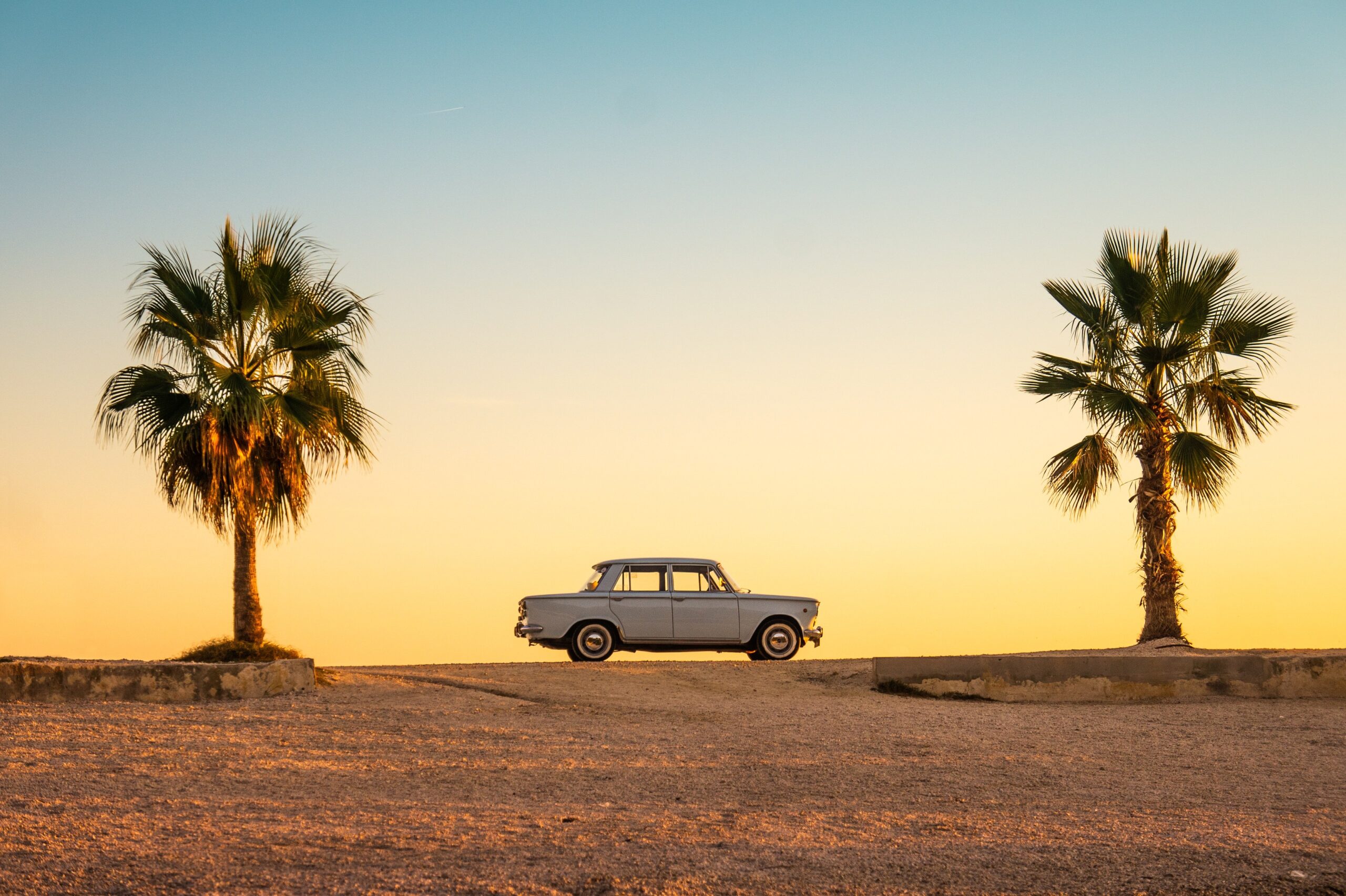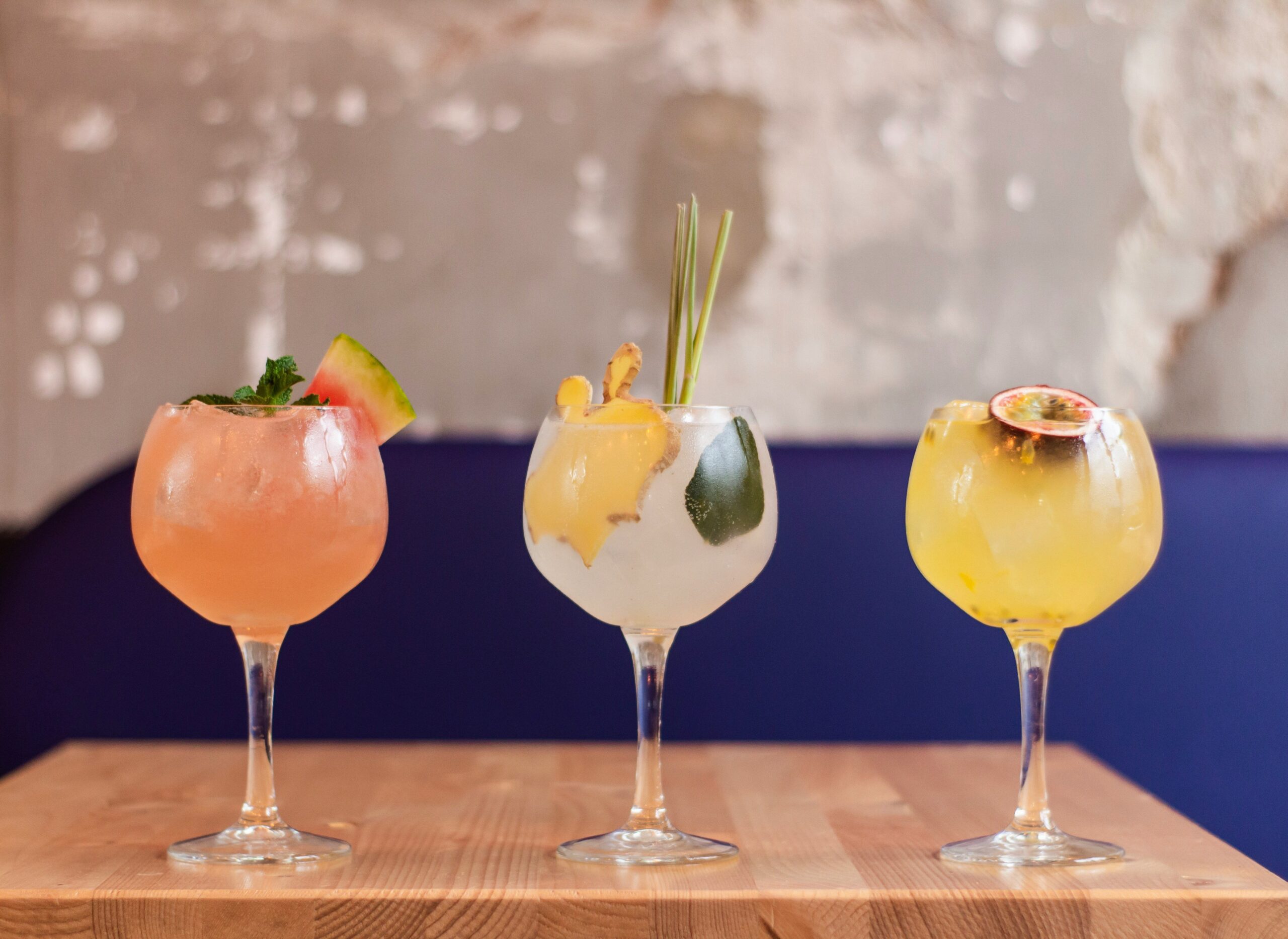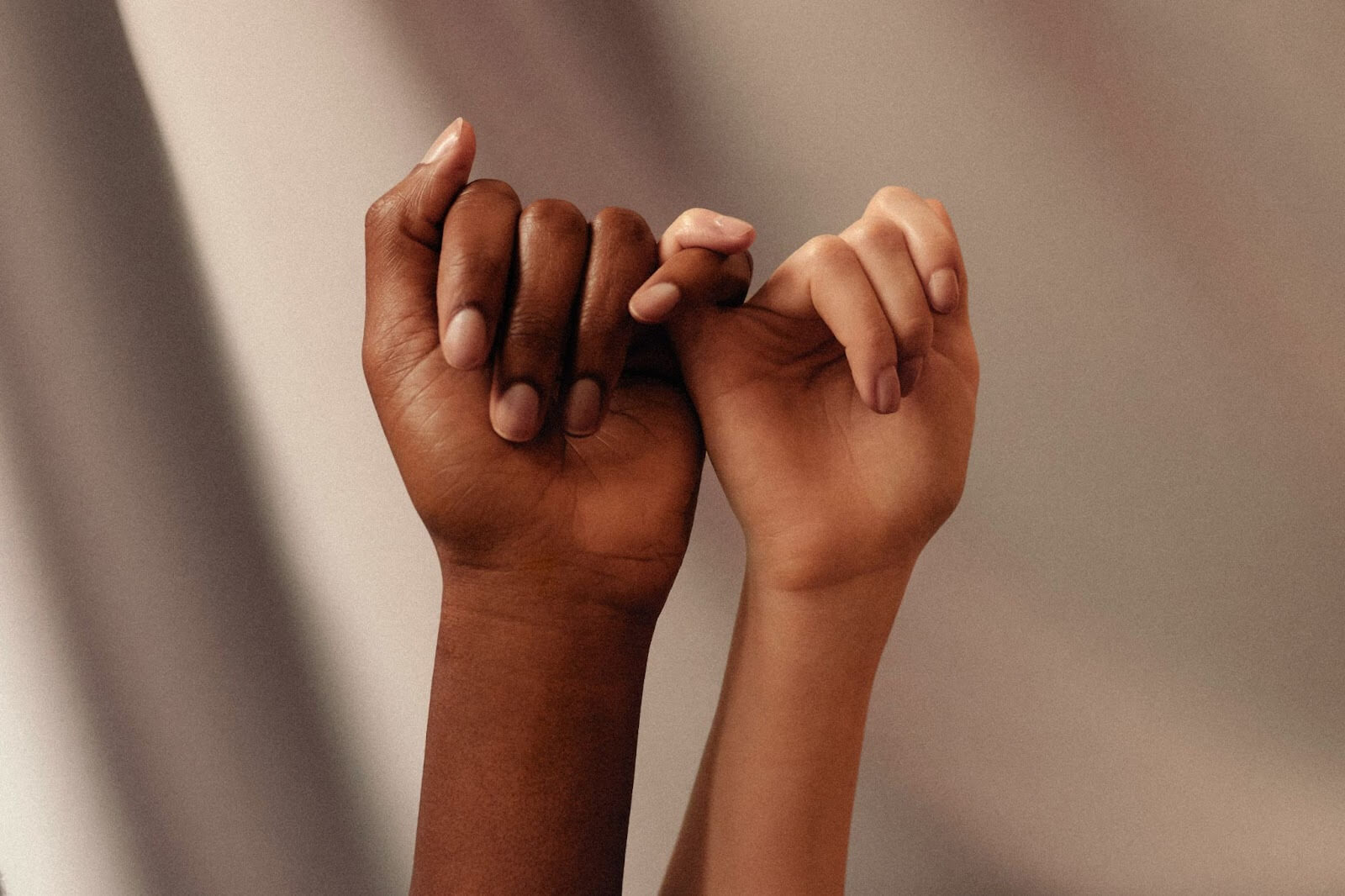Body diversity has come a long way over the past few years. I mean, the end of Victoria’s Secret’s reign says a lot. But despite the narrative that Gen Z is more body positive, the media and culture at large still have a long way to go when it comes to true body diversity.
Fashion month may be behind us, but the stats rolling in paint a disappointing picture of the state of body inclusivity. This past fashion season, the runways showed a stagnant plateau in the number of plus-size models cast: 51 plus-size models cast, up three from Spring’s 48 models. According to The Fashion Spot, this is about 5.09% of total castings — despite the mid to plus-size range making up a community that comprises 68% of American women.
And all this comes as the New York Post released a highly controversial article titled: “Bye-bye booty: Heroin chic is back.”
“The skinnies sashaying down the runway are a drastic shift from the “slim thick” and body positivity that had been in vogue in recent years with womanly ambassadors such as Lizzo and Megan Thee Stallion putting their full bodies on display,” recounted the article.
The backlash was swift and clear: women’s bodies are not a trend. Despite how capitalism has commodified our personhood to the point that people have become brands, most of us can’t afford to treat our bodies like the latest trend. This dehumanizing attitude towards women’s bodies is as patronizing as it is harmful.
The harrowing article reflects how the beauty, fashion, and advertising industries see bigger bodies: disposable. Despite the purported shift toward body positivity, just buying clothing can be exclusive for anyone outside the restrictive straight sizes. Many retailers start plus-size clothing at size 12 or 14, while the average U.S. women’s dress size is between 16 and 18.
Yet according to PipeCandy, about 44,000 eCommerce companies in the US sell apparel — but only 8% of fashion of them offer plus-size options, about 3,500 – 4,000 brands.
As for brands that do carry more diverse sizes, it can be difficult to find trendy, diverse options for different senses of style. This lack of choice can be stifling for personal style. While everyone else is playing around with the latest TikTok trend, anyone above a size 10 … just can’t. And we all deserve the chance to make some heinous fashion decisions while we can.
But there’s hope. A slew of new brands is disrupting the industry. Dia & Co is one of the leading brands making plus-size clothes fun and exciting. Dia & Co was founded in 2015 as a way for women to embrace their individuality. Size shouldn’t limit how you can express yourself. Dia & Co is here to expand everyone’s sense of personal style.
Influencer Maia Douglas spoke on the importance of representation in the plus-size space. “When people see me wearing what I do, it disrupts what they believe to be true in the world,” Douglas said in an interview with InStyle. “It gives other fat girls the ability to grant themselves permission to do the same.”
Here are a few mid-size and plus-size influencers to follow to diversify your social networks and to inspire your fall fashion looks:
